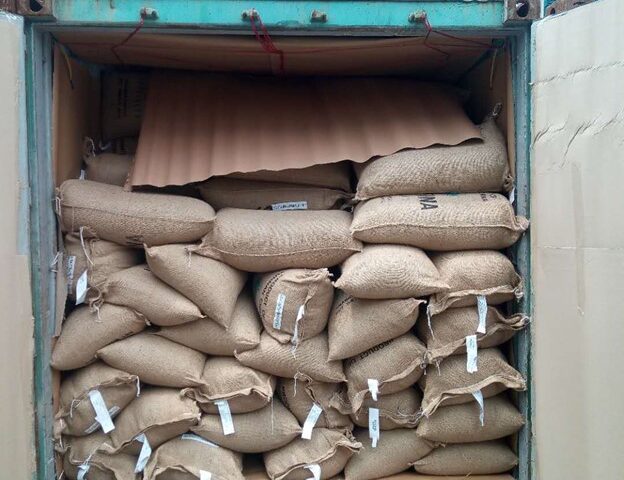10 Cargo Loading Tips in Container and Avoid Claims

The Crucial Container Check: Safeguard Your Cargo
August 18, 2023
A Guide for Freight Forwarders to Enhance Cargo Claims Experience
August 18, 2023Successful cargo stuffing isn’t just about placing goods in a container—it’s about ensuring the integrity of your cargo against the extreme forces of the marine environment. Whether you’re an experienced shipper or new to the industry, adhering to proper procedures during cargo stuffing is as important. Let’s dive into the key requirements that can safeguard your cargo, prevent damage, and reduce the likelihood of facing the hassle of cargo claims and recovery.
Choosing the Right Container
The foundation of a successful cargo stuffing operation starts with selecting the right container. Tailor your choice to your cargo type—heavy loads find their home in 20-foot containers, while lighter, bulkier loads favor the 40-foot ones. This strategic decision sets the stage for a balanced and secure shipment.
Respecting Payload Limits
The golden rule of cargo stuffing is to never exceed the container’s payload limits. The brutal forces of the marine environment are relentless, and exceeding these limits puts both your cargo and the vessel at risk. Additionally, always adhere to the road regulations applicable during transit to maintain safety and legal compliance.
Even Weight Distribution
Balance is key! Distribute the weight evenly throughout the container, avoiding the temptation to load all the heavy cargo on one side and the light cargo on the other. By evenly distributing the load, you prevent potential imbalances that could compromise the ship’s stability.
Strategic Stowage
When it comes to stowing your cargo, follow the hierarchy of weight. Place heavy cargo securely at the container’s bottom, providing a stable foundation for the lighter items above. This simple yet crucial strategy minimizes the chances of damage during transit.
Solid Securement
Unpredictable waves and rough seas are part and parcel of maritime journeys. Your cargo needs to withstand these challenges, which is why it’s vital to secure it tightly within the container. Neglecting this step can lead to cargo shifting, causing breakage and potentially destabilizing the container.
Heed Cargo Handling Instructions
Sometimes, the labels and markings on cargo handling instructions might seem like mere formalities. However, they are essential guides for safe shipment. Follow instructions like “Do Not Drop” and “This Side Up” to prevent damage and ensure the correct handling of your cargo.
Mind the Mix
When combining various types of cargo in one container, be strategic. Load liquids at the container’s bottom to prevent spillage onto dry cargo. This clever arrangement safeguards your goods against potential damage.
Packaging Precision
Don’t underestimate the power of proper packaging and dunnage. These materials serve to protect your cargo from harm. Use suitable packaging to separate items with sharp edges from delicate merchandise. When handling dangerous cargo, comply with the IMDG Code packaging guidelines, ensuring compatibility and safety.
Cargo packaging should be in impeccable condition before loading. If you encounter damaged packaging, reconsider loading it into the container. This proactive approach prevents additional harm during transit.
Dangerous Cargo Protocols
Safety is non-negotiable when dealing with dangerous goods. Adhere to all rules and regulations concerning such cargo. Mark containers with the appropriate stickers, labels, and placards to clearly identify dangerous goods, ensuring the safety of both the shipment and the crew.
Documenting Details
Comprehensive documentation is your ally. Ensure all necessary paperwork is included, and meticulously cross-check the seal and container numbers on all documents. These details are essential for smooth operations and accurate tracking.
Cargo stuffing best practices is a safeguard against potential losses and headaches related to cargo claims. Your proactive efforts at the cargo stuffing stage can make all the difference in ensuring a successful voyage for your goods. Remember, by following these key tips, you’re not just shipping cargo—you’re shipping peace of mind. Should unforeseen circumstances arise, consider utilizing the expertise of cargo claim recovery services like Recoupex.
Recoupex is a hub of transport lawyers – experts in cargo claims. We assess your case quickly. We have successfully recovered claims from Maersk, Sealand, Hapag-Lloyd, Mediterranean Shipping Company – MSC, CMA CGM, and other carriers.



